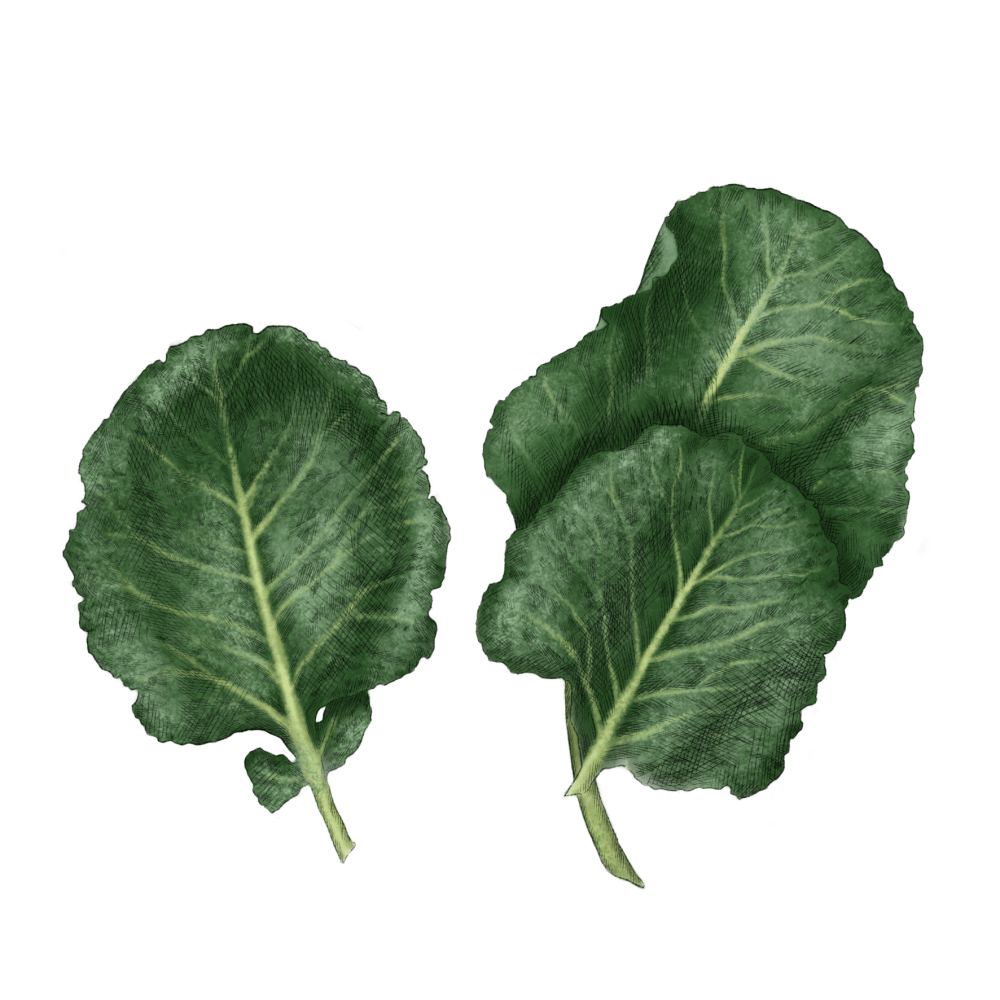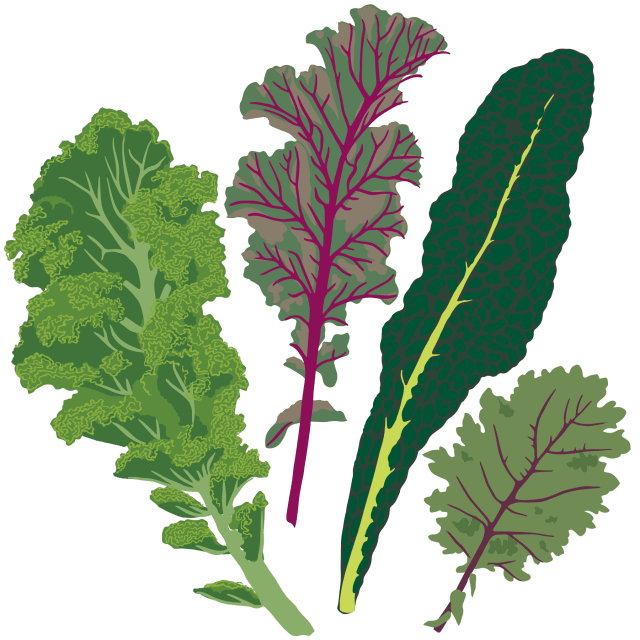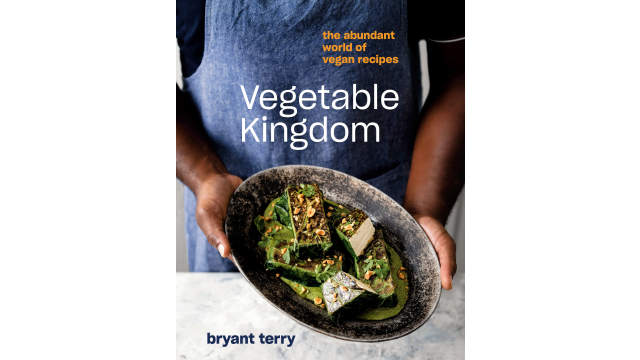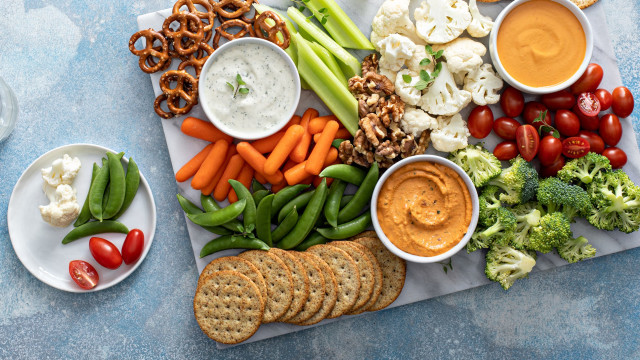Collard Greens

Latin name: Brassica oleracea
Other names: collards
Uses: vegetable
What are collard greens?
Collard greens are the same exact species as cabbage, broccoli, kale, and cauliflower — they’re all just different forms of the same mustard-family plant. They’re widely available year-round, but like other winter greens, have the best flavor and texture after the first frost.
Why are collard greens healthy?
Collards are powerfully nutritious: rich in vitamins (A, B-6, C, and K) and minerals (calcium, iron, folate, and magnesium). They’re also high in choline, an essential precursor to compounds your body makes to regulate everything from cellular integrity to mood and memory and sleep support.
What do collard greens taste like?
Collards taste like the little leaves on a broccoli stalk — it’s what they are, more or less. They have a flavor that’s slightly bitter (less so than kale) and cruciferously pungent (less so than broccoli), with a thick, dense texture that holds up well to long cooking.
How do I use collard greens?
Collards’ sturdy texture requires a long simmer or braise, and the tough stems should be removed (you can finely chop these and cook them along with the leaves). Collards are great stand-ins for cabbage in rice-filled cabbage rolls, as a sub for grape leaves in dolmas, and you can even use them instead of lotus leaves for lo mai gai.
What do collard greens pair well with?
Collards love smoky, fatty flavors and bright acid (especially vinegary hot sauces), which is probably why you see them on pretty much every barbecue restaurant menu in the world. They also have an affinity for other foods of the African diaspora, like black-eyed peas, pigeon peas, and rice, as well as tomatoes, chiles, onions, and garlic. They’re traditionally cooked with smoked pork or ham bones, but you can achieve similar results by adding smoky grilled onions and/or a dash of liquid smoke to the cooking liquid.
Where do collard greens grow?
The primitive cabbage that eventually became collards originated in the Mediterranean and Turkey, and collards have been grown in the region for at least 2,000 years. Today they’re particularly grown in West Africa, South America, and the American South, but also grown in Spain and the Balkans. Collards grow best in cool weather.
How to buy collard greens:
Look for whole-leaf collards and select bunches that are firm and dark green with a slight waxy bloom on the leaves. Wrap them loosely in a damp paper towel, bag them, and store them in your crisper drawer.
Fun collard greens fact:
Collards have a long association with money (being green and all) and are a traditional accompaniment to the Southern New Year dish Hoppin’ John, whose black-eyed peas represent coins — both symbols of a wish for prosperity in the coming year. Adding greens to the plate might have originated with Southern Jews in the 18th century — bitter greens are a Passover tradition and black-eyed peas are a symbol of luck that dates back to both the Jewish Talmud and North Africa.










